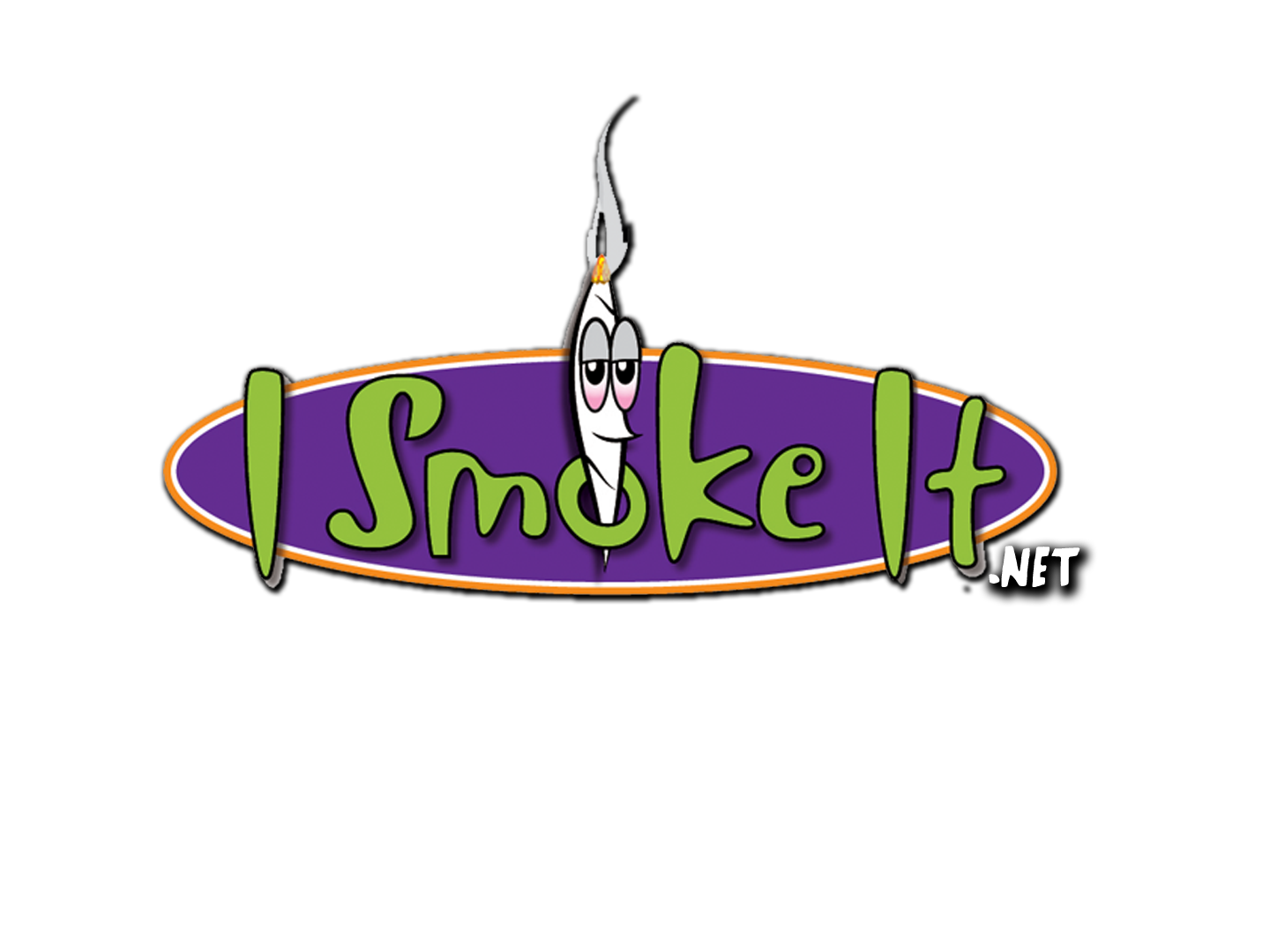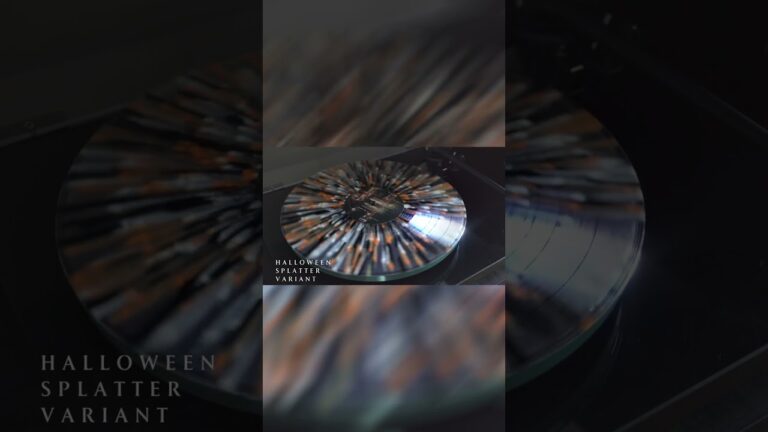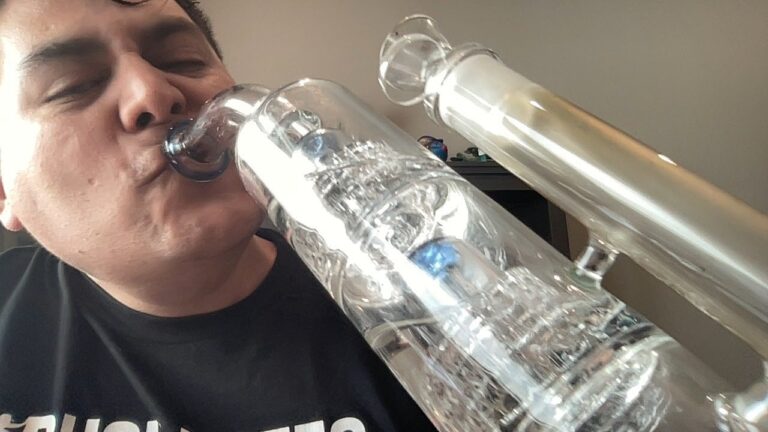Detecting Cancer from a Drop of Blood: The Anti-Theranos
In the world of medical innovation, few stories have captured the public’s imagination like that of Theranos. Promising revolutionary blood testing technology, Theranos ultimately fell short, resulting in one of the most notorious scandals in recent history. However, the dream of detecting diseases from a simple drop of blood is very much alive, thanks to legitimate advancements in medical research. This blog explores the real progress being made in detecting cancer from a single drop of blood and why it represents the true “Anti-Theranos.”
The Promise of Liquid Biopsy
The concept of a liquid biopsy, which involves analyzing blood samples to detect cancer, is transforming the landscape of oncology. Unlike traditional biopsies that require invasive tissue sampling, liquid biopsies offer a minimally invasive alternative, providing crucial information about the presence and progression of cancer. Here’s how it works and why it’s a game-changer:
1. Understanding Liquid Biopsies
- Liquid biopsies detect cancer through the presence of circulating tumor DNA (ctDNA) in the bloodstream. As cancer cells die, they release fragments of their DNA into the blood, which can be analyzed for specific mutations and biomarkers associated with various cancers.
2. Early Detection
- One of the most significant advantages of liquid biopsies is their potential for early cancer detection. By identifying ctDNA before symptoms appear or tumors are visible on imaging tests, liquid biopsies can catch cancer at its earliest and most treatable stages.
3. Monitoring Treatment Response
- Liquid biopsies are not only useful for detection but also for monitoring how well a patient is responding to treatment. Changes in ctDNA levels can indicate whether a therapy is effective or if the cancer is progressing, allowing for timely adjustments in treatment plans.
4. Non-Invasive and Convenient
- Unlike traditional biopsies, which can be painful and carry risks of complications, liquid biopsies are simple blood tests. This non-invasive approach is more convenient for patients and can be performed more frequently, providing continuous insights into a patient’s cancer status.
The Technology Behind Liquid Biopsies
The success of liquid biopsies hinges on advanced technology and rigorous scientific research. Unlike Theranos, which lacked transparency and validation, current liquid biopsy technologies are backed by extensive clinical trials and peer-reviewed studies. Companies and research institutions are developing highly sensitive and specific tests to detect minute amounts of ctDNA. Key technologies include:
1. Next-Generation Sequencing (NGS)
- NGS allows for the comprehensive analysis of ctDNA, identifying multiple mutations and alterations with high precision. This technology is crucial for detecting a broad range of cancers and understanding their genetic profiles.
2. Digital PCR
- Digital PCR provides highly sensitive quantification of ctDNA, enabling the detection of low-level mutations that might be missed by other methods. This is particularly important for early detection and monitoring minimal residual disease.
3. Bioinformatics
- Advanced bioinformatics tools are essential for interpreting the complex data generated by liquid biopsies. These tools help identify relevant mutations, track changes over time, and provide actionable insights for clinicians.
Real-World Applications and Success Stories
Several companies and research initiatives are making significant strides in the field of liquid biopsies, offering hope for improved cancer detection and management. Here are a few notable examples:
1. Grail
- Grail’s Galleri test is a multi-cancer early detection test that can identify over 50 types of cancer through a single blood draw. Clinical studies have shown promising results, demonstrating the potential for widespread cancer screening.
2. Guardant Health
- Guardant Health’s liquid biopsy tests are used to guide treatment decisions for cancer patients. Their tests analyze ctDNA to identify actionable mutations, helping oncologists tailor therapies to individual patients’ needs.
3. Foundation Medicine
- Foundation Medicine offers liquid biopsy tests that provide comprehensive genomic profiling of ctDNA. Their tests are used to match patients with targeted therapies and clinical trials, improving personalized cancer care.
The Anti-Theranos: A Commitment to Transparency and Science
The rise of liquid biopsies stands in stark contrast to the Theranos debacle. Companies in this field prioritize transparency, scientific rigor, and clinical validation. Here’s how they embody the “Anti-Theranos” ethos:
1. Clinical Validation
- Liquid biopsy technologies undergo rigorous clinical trials to demonstrate their accuracy, sensitivity, and specificity. Results are published in peer-reviewed journals, ensuring credibility and reliability.
2. Regulatory Approval
- Leading liquid biopsy tests seek approval from regulatory bodies such as the FDA, providing an additional layer of scrutiny and confidence in their effectiveness.
3. Collaboration with Medical Institutions
- Companies developing liquid biopsy tests often collaborate with top medical institutions and researchers, ensuring that their technologies are grounded in solid science and clinical practice.
Conclusion
The dream of detecting cancer from a single drop of blood is no longer a far-fetched fantasy, but a burgeoning reality thanks to liquid biopsy technology. By prioritizing scientific integrity, clinical validation, and patient well-being, this field represents the true “Anti-Theranos.” Liquid biopsies hold the promise of revolutionizing cancer detection and treatment, offering hope for early diagnosis, personalized care, and better outcomes for patients worldwide.
For more information on the latest advancements in liquid biopsy technology and cancer detection, stay tuned to reputable medical sources and support innovations that prioritize transparency and scientific excellence.
Compare news coverage. Spot media bias. Avoid algorithms. Try Ground News today and get 40% off your subscription by going to https://ground.news/coldfusion
Detecting cancer from a drop of blood sounds like science fiction, but it may just be around the corner. In this episode, we explore how multiple teams of scientists have used AI to detect cancer.
Show Notes: https://docs.google.com/document/d/1Bi5DMeKDtxU0BWF1N_59qOaVVlBX0Xh-8bgXU0bd2JE/edit?usp=sharing
ColdFusion Podcast:
https://www.youtube.com/@ThroughTheWeb
ColdFusion Music:
https://www.youtube.com/@ColdFusionmusic
http://burnwater.bandcamp.com
Get my book:
ColdFusion Socials:
https://discord.gg/coldfusion
https://facebook.com/ColdFusionTV
https://twitter.com/ColdFusion_TV
https://instagram.com/coldfusiontv
About Post Author
ColdFusion
Average Rating
48 thoughts on “Detecting Cancer from a Drop of Blood: The Anti-Theranos”
Comments are closed.
More Stories
The Most Wanted Car Thief in America
Big Dog Merch: https://tommygmcgee.com/ Patreon Exclusive Clips: https://www.patreon.com/tommygmcgee MBox (Rapper) ... source
Lambo Owner SCHOOLS Corrupt Cops!
Second Channel: https://www.youtube.com/channel/UClTjur-9cx8Bb4MW8r0K6xw Spotify: https://spoti.fi/439TpHT Patreon: https://www.patreon.com/audittheaudit Twitter: https://twitter.com/AuditTheAudit Submit your videos here: [email protected] Sponsorship inquiries: [email protected] Welcome to Audit...
Meeting The INSANE CRIPS That Run Long Beach
Watch the 1.46hr uncut version of this video NOW on Patreon - https://patreon.com/traploreross Make sure to follow ... source
Why This Chicago Gang Chief Snitched
Big Dog Merch: https://tommygmcgee.com/ Patreon Exclusive Clips: https://www.patreon.com/tommygmcgee Got a lead on a ... source
The Tragic Tale of JustPearlyThings | The Un-Pickable Pick-Me
Go to https://vance-global.com/ and use code JAUBREY for 20% off your order or code JAUBREY30 for 30% off subscriptions! -...
Bronx Burning: The Teenage Gangsters Terrorizing New York
Watch the uncut version of this video on Patreon - https://patreon.com/traploreross Chapters: 00:00 Intro 07:05 Gang Capital of ... source



Here’s some good further reading from Johns Hopkins (specifically for lung cancer 99.8% accurate): https://www.hopkinsmedicine.org/news/newsroom/news-releases/2024/06/artificial-intelligence-blood-test-provides-a-reliable-way-to-identify-lung-cancer
Theranos all over again!!
to be honest, this made me laugh a bit. the soonest i can believe such test is like 10 years after the device or the test have been developed and there's a substancial prospective research for it. like, after the device is created, make it test bunch of people, like thousands at least, and follow the for years, see how many actually developed cancer, how many didn't, etc.
the main function of a test is its predictive power anyway.
Hear China.
Me: Press X to Doubt.
Not trying to be a pessimist, but people been bitten more than they'd like to admit. Another AI-hype? Remember how amazing crypto videos a few years ago. or NFT?
“It’s a miracle.”
Sometime later…
“This is crap!”
Half of what chinese say or do in not true.
Optimism about the future? Unable to process…critical error…
Praise China now, i thought their ethics were questionable, now they have come up with a ground breaking tech? So was the gain of function research worth it?
Err… I wouldn’t go around saying Elizabeth Holmes was “Ahead of her time” ColdFusion.. kind of an L take
What if AI lairs it to you about cancer?
euh this has nothing to do with Theranos…. Theranos promised 1 drop can do hundred of tests… versus 1 drop to detect cancer…. you know what you can detect from one drop of blood? atleast a dozen of health symptoms….its not a new concept. What Theranos did was to promise soo many tests using 1 drop of blood.. while been unable to walk the talk.
Now that we know this let's do nothing about it
If it doesn't increase the income of the cancer industry it won't happen
Isn’t AI a scam too?
"Hey, AI,here is a drop of my blood, do I have cancer?"
AI: "Here's a complete list of celebrities, that havedied of cancer. And here's also a generated art of Elizabeth Holmes laughing maniacally, while participating in lava eating contest in Hell, hosted by Donald Trump Pepe"
Big deal… but can they cure it? …and why not?
How about reducing carcinogen exposure, since carcinogens cause cancer, like SMOG from combustion of gasoline and diesel and coal power emissions /
Please edit to include the presence of new medicines and vaccines as a potential source (see findings from swiss doctors this week).
I heard "AI" and "China". I'm out
At 1:47 you mislabelled kidney and Ling cancer 😂😂
is this new theranos?
yep i told guys theronos is real company with futuristic version to detect disease but unfortunity is kind of ideas was ahead of time
It’ll only cost you 2 billion dollars in the US
We need proof
You forgot covid vax turbo cancers
They stole her Idea. She was ahead of her time. They took her down because she rose too quickly
AI will say that Everything is Cancer
So, which amount of blood is needed for this test? 0.005ml, which was on screen, or 0.05ml, which you quoted? There's a 10-fold difference there, so it's quite important.
What was that stock footage at the end, was he trying to bite the doctors hand?
It should be possible
This channel really has fallen off huh?
scientist injects subject with cancer
scientist pinpricks subject to test blood for cancer
subject has cancer
scientist: :O
Holmes is visionary!
It's another theranos
God bless you drlawsonhealinghome for curing my breast cancer. I really appreciate ❤🙏.
Elizabeth Holmes was not ahead of her time, she knew it was fake. I get the figure of speech but come on
The problem with cancer detecting is there is no true cure for it. Its just prolong….
Detecting cancer isn't the issue, it's treating and eliminating the cancer without resorting to barbaric treatments like chemo, radio or surgery which is the real challenge.
3:21 cooking.
This is fraud. It is physically impossible to detect health ailments with a single drop of blood. This is nonsense.
Theranos or thanos
Why would you legitimize her by asking "what if she was just a little ahead of her time"? as if she was onto something? she had NOTHING. she wasnt even close to having anything that she claimed to have. she was 100% a fraud. its disappointing to see you paint her in this positive light.
What Theranos claimed to do was to do a whole blood analysis workup on a single drop of blood.
Searching for biomarkers for cancee is a whole different game.
You shouldn't even mention Theranos to avoid confusion, other than the superficial "a drop of blood" there are nothing alike, it isn't even on the same category.
And nobody is gonna blame a shot that hasn't been properly tested and still in an experimental phase…..
You are going to do a video about this being fraud in a year
We as a society need to learn to separate ideas from people. We cannot progress otherwise.
If this turns out to be true are we just gonna throw it in the trash cause Lizzie scammed people with the idea of it previously?
Aisian eat more omega 6 oils, especially soybeens.